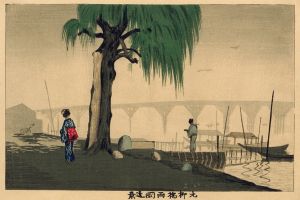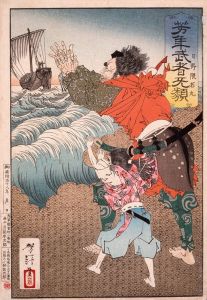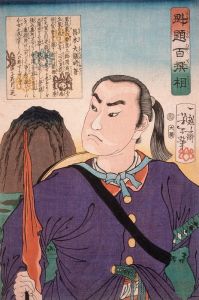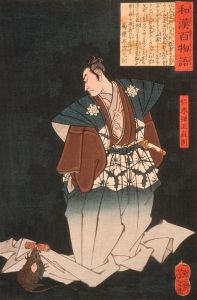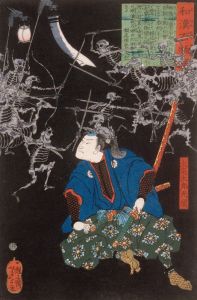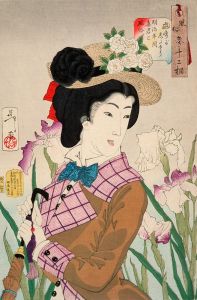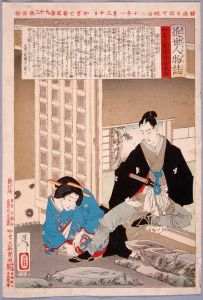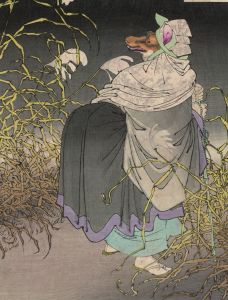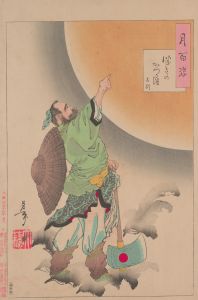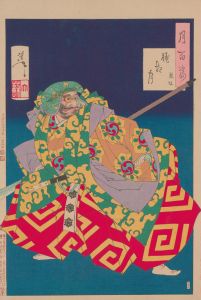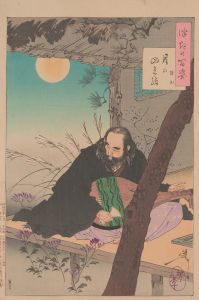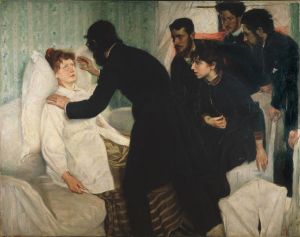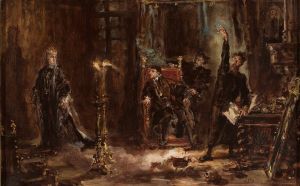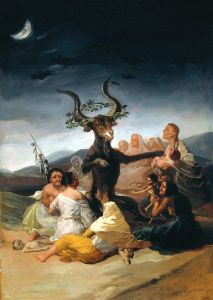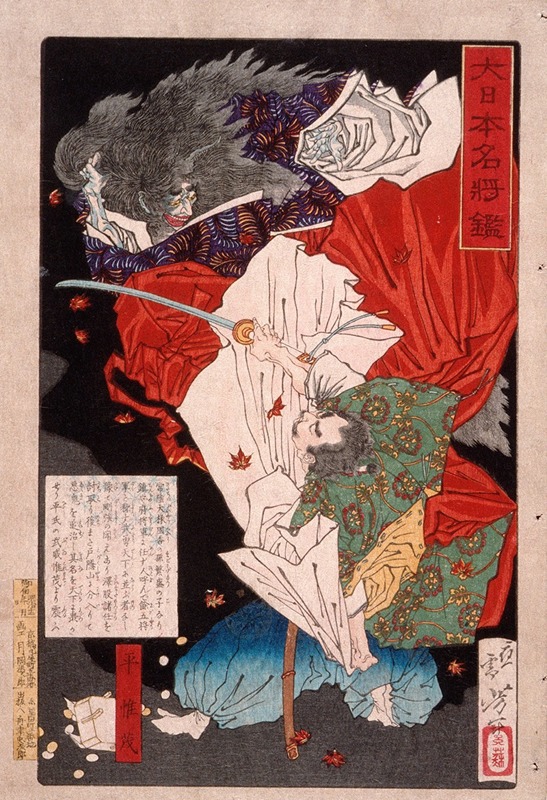
Taira no Koremori Slashing at a Demon
A hand-painted replica of Tsukioka Yoshitoshi’s masterpiece Taira no Koremori Slashing at a Demon, meticulously crafted by professional artists to capture the true essence of the original. Each piece is created with museum-quality canvas and rare mineral pigments, carefully painted by experienced artists with delicate brushstrokes and rich, layered colors to perfectly recreate the texture of the original artwork. Unlike machine-printed reproductions, this hand-painted version brings the painting to life, infused with the artist’s emotions and skill in every stroke. Whether for personal collection or home decoration, it instantly elevates the artistic atmosphere of any space.
Tsukioka Yoshitoshi was a prominent Japanese artist of the late Edo and early Meiji periods, known for his innovative and dynamic ukiyo-e woodblock prints. One of his notable works is "Taira no Koremori Slashing at a Demon," which is part of his larger series that often depicted historical and legendary figures from Japanese history and folklore.
Yoshitoshi was born in 1839 and became a student of the renowned ukiyo-e master Utagawa Kuniyoshi. He developed a distinctive style that combined traditional techniques with a modern sensibility, often focusing on themes of violence, beauty, and the supernatural. His work is characterized by its dramatic compositions, vivid colors, and expressive figures.
"Taira no Koremori Slashing at a Demon" is a striking example of Yoshitoshi's ability to blend historical narrative with mythical elements. The print likely depicts an episode involving Taira no Koremori, a historical figure from the late Heian period. Koremori was a member of the Taira clan, which was one of the most powerful samurai families during the Genpei War (1180-1185), a conflict between the Taira and Minamoto clans that ultimately led to the establishment of the Kamakura shogunate.
In the print, Koremori is shown in a dynamic pose, engaged in combat with a demon. This imagery reflects the common ukiyo-e theme of samurai warriors battling supernatural creatures, which was popular among the Edo period audience. Such depictions were not only entertaining but also served to illustrate the bravery and martial prowess of historical figures, reinforcing the samurai ideals of courage and honor.
Yoshitoshi's work often explored the tension between the human and the supernatural, and this print is no exception. The demon in the scene is rendered with exaggerated features, emphasizing its otherworldly nature and the threat it poses. Koremori's determined expression and poised stance convey his readiness to confront and overcome this supernatural adversary, highlighting the heroism and strength attributed to samurai warriors.
The use of color and composition in "Taira no Koremori Slashing at a Demon" is typical of Yoshitoshi's style. He employed bold lines and contrasting colors to create a sense of movement and energy, drawing the viewer's eye to the central action of the scene. The background is often minimal, focusing attention on the figures and their dramatic interaction.
Yoshitoshi's prints, including this one, were produced during a time of great social and political change in Japan. The Meiji Restoration, which began in 1868, marked the end of the samurai era and the beginning of Japan's modernization. Yoshitoshi's work captures the nostalgia for the past and the fascination with the supernatural, providing a window into the cultural mindset of the time.
"Taira no Koremori Slashing at a Demon" exemplifies Yoshitoshi's mastery of the ukiyo-e form and his ability to convey complex narratives through visual art. His prints remain highly regarded for their artistic quality and historical significance, offering insight into the rich tapestry of Japanese folklore and history.





